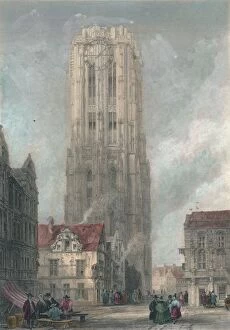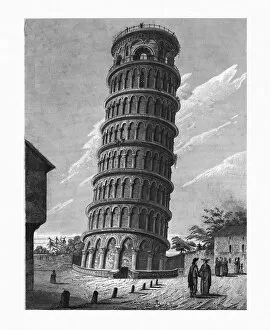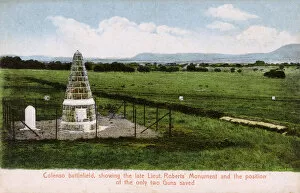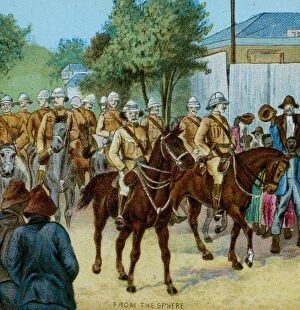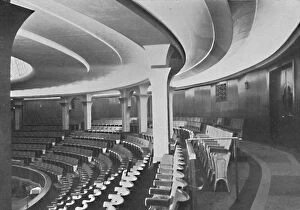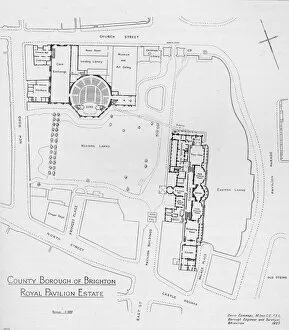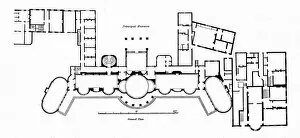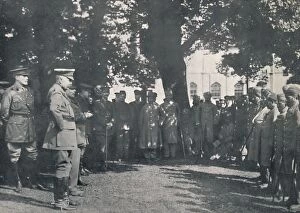Roberts Collection (page 9)
"Robert Roberts: A Name That Echoes Through History" From the iconic Augusta National Golf Club House in 1943 to the influential leadership of Margaret Thatcher
All Professionally Made to Order for Quick Shipping
"Robert Roberts: A Name That Echoes Through History" From the iconic Augusta National Golf Club House in 1943 to the influential leadership of Margaret Thatcher, the name "Roberts" has left an indelible mark on various realms. Margaret Thatcher, born in 1925, rose to become one of Britain's most formidable political figures and a symbol of female empowerment. But let us not forget the remarkable strength displayed by Atlas and Vulcana at the music hall. These strongman and strongwoman captivated audiences with their awe-inspiring feats of power. In British military history, Frederick Roberts, 1st Earl Roberts, commanded forces during South Africa's tumultuous times in 1902 as Field Marshal Lord Roberts. His strategic brilliance earned him respect and admiration from his troops. Meanwhile, artist Lafayette immortalized this great leader through his portrait capturing Field Marshal Lord Roberts' commanding presence. Even centuries before these events unfolded, Mechthild of Magdeburg emerged as a medieval mystic whose spiritual teachings continue to inspire seekers today. Sports enthusiasts will recall Manchester United's triumph over Bristol City in the thrilling 1909 FA Cup Final. The name "Roberts" became synonymous with victory on that historic day. The '70s brought about another significant association with "Roberts, " but this time it was through the iconic ROBERTS R RADIO - a symbol of innovation and style that defined an era. Arthur Roberts took center stage as a music hall entertainer who enchanted audiences with his comedic talent and magnetic personality. Not only did "Roberts" leave its mark across different fields; it also played a role in shaping armies through recruiting grounds for both Regular Army soldiers and Territorials alike. Lastly, Josslyn and Idina Hay found solace at Slains Farm in Kenya—a place where they could escape from life's demands while embracing nature's beauty under their watchful eyes.



